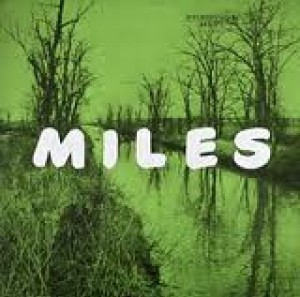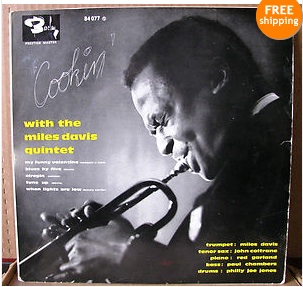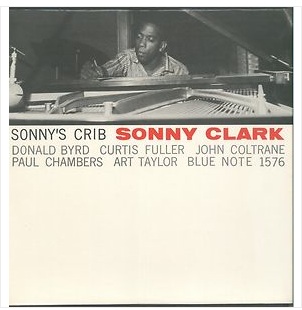Listening Again to The “New” Miles Davis Quintet
 One of the great things about having so many collectible records is that I can always dig somewhere into my collection and find a classic record I haven’t listed to in a while. I did that last night, putting The New Miles Davis Quintet, Prestige 7014, on the turntable for the first time in a number of years. It’s a classic and, of course, the first Miles record with John Coltrane. A few things struck me about this record. Miles and Trane were the same age, both 29 when the album was recorded, yet they were at much different points in their careers and in their development. Miles was fully formed and his playing was absolutely confident. Trane’s playing was much more tentative and his style was not nearly as developed as it would become in the ensuing years. You can hear elements of his budding genius, but just elements and otherwise you hear someone still working on finding himself. For the hell of it, right after listening to this LP, I put on A Love Supreme and, obviously the difference was quite stark. Another thing about this record is Read more
One of the great things about having so many collectible records is that I can always dig somewhere into my collection and find a classic record I haven’t listed to in a while. I did that last night, putting The New Miles Davis Quintet, Prestige 7014, on the turntable for the first time in a number of years. It’s a classic and, of course, the first Miles record with John Coltrane. A few things struck me about this record. Miles and Trane were the same age, both 29 when the album was recorded, yet they were at much different points in their careers and in their development. Miles was fully formed and his playing was absolutely confident. Trane’s playing was much more tentative and his style was not nearly as developed as it would become in the ensuing years. You can hear elements of his budding genius, but just elements and otherwise you hear someone still working on finding himself. For the hell of it, right after listening to this LP, I put on A Love Supreme and, obviously the difference was quite stark. Another thing about this record is Read more








